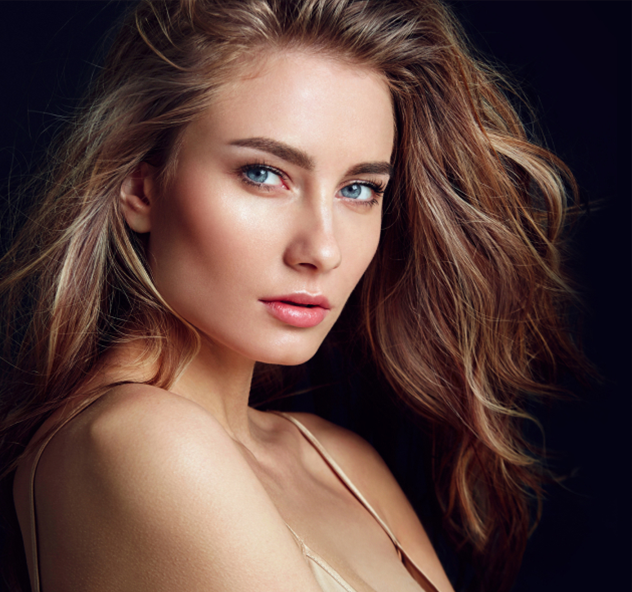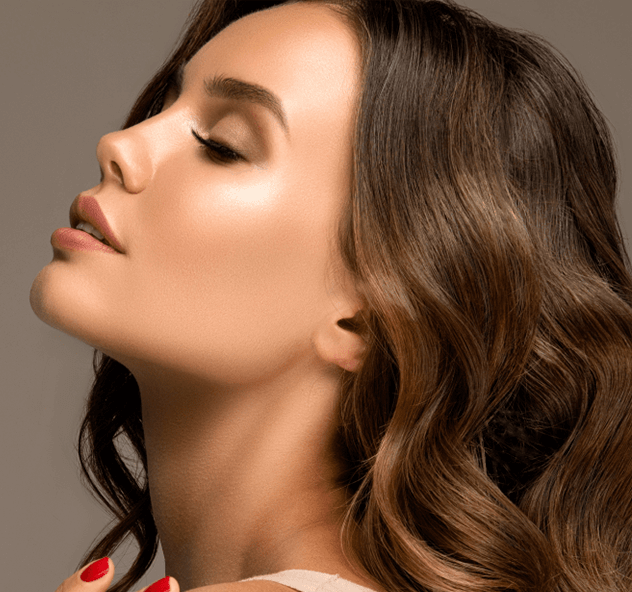Nasal aesthetics (rhinoplasty) are surgical operations applied to eliminate congenital or subsequent deformities in the nose as a result of impact.
detail
Aesthetic Understanding from Past to Present
Aesthetics is derived from the ancient Greek word 'aisthesis'. The philosophy of aesthetics, which has been studied by philosophers since antiquity, is concerned with the creation and evaluation of beauty.
Aesthetics is derived from the ancient Greek word 'aisthesis'. The philosophy of aesthetics, which has been studied by philosophers since antiquity, is concerned with the creation and evaluation of beauty. Plato, Aristotle and Leonardo Da Vinci, one of the thinkers of the Age of Enlightenment, were closely interested in the concept of aesthetics.
Aesthetics is closely related to the philosophy of art. Aesthetics examines the beautiful and the subject of art is aesthetics. The philosopher who used the concept of aesthetics for the first time, A.G. Baumgarten defines aesthetics as "the science of thinking about the beautiful". The basis of aesthetics is beauty. In nature and art, objects that arouse aesthetic pleasure are called "beautiful".
The perception of beauty is a value that changes from age to age, from society to society, from person to person, and the ongoing aesthetic understanding in every age and in every society changes over time and leaves its place to a different aesthetic understanding that is generally accepted in the society.
While the criterion of beauty today is evaluated by the compliance of the human face with the golden ratio, the perception of beauty has undergone many changes in the past. While the female figures depicted in artworks during the Renaissance consisted of overweight women with a curvy, round face, women in the Victorian era began to use corsets to appear slim-waisted and to give their bodies an hourglass appearance.
From the 1920s to the 1950s, athletic body appearance reshaped the perception of beauty. With the fitness movement, women have left behind the use of corsets to have a slim-line appearance, and instead have started to strive to have a flatter abdomen. The use of supportive bras also appeared for the first time in this period. In the 1960s, the perception of aesthetics changed as broad shoulders in men and curved and fit body lines in women. Since the 1960s, the 'size zero' fashion has begun to take its place in the aesthetic perception of the society. While the zero size fashion continued in the 2000s, wide hips and plump body lines offered a new perspective to the perception of beauty in women. World stars with full breasts and hips have created a perception that women can be beautiful without looking weak.
Like everything else, aesthetics also has a fashion. Today, many people resort to different methods to have the face and body appearance closest to the aesthetic perception of the current period. For generations, many individuals have desired to obtain an external appearance that is compatible with the social aesthetic perception in order to be socially happier and more self-confident.
In plastic and aesthetic surgery, it is important to know yourself and be aware of your wishes.
You can use our blog posts to reach all the information you need in this field.


Rhinoplasty is a surgical procedure to change the shape of the nose. It can be performed for aesthetic and/or functional reasons, altering the size and shape of the nose or correcting breathing issues.
detail
“Modern rhinoplasty focuses on natural, personalized, and functional results that enhance facial harmony without compromising expression.
detail






 Türkçe
Türkçe English
English Gürcüce
Gürcüce

